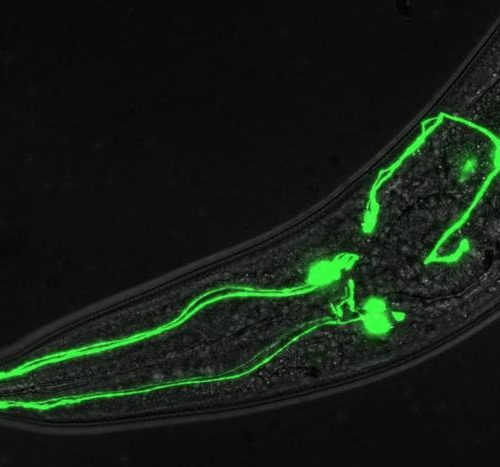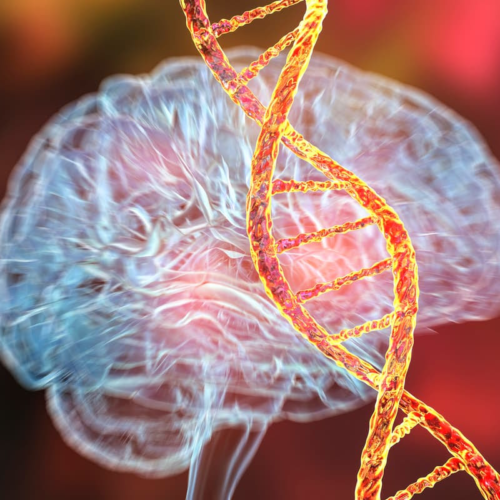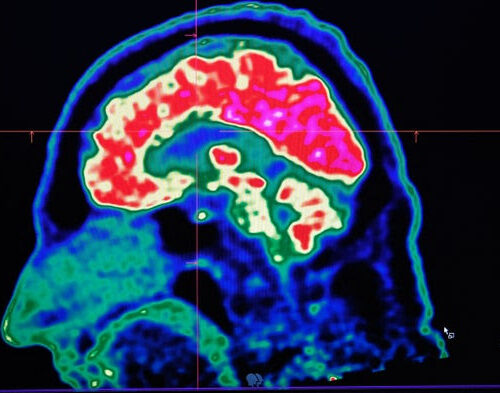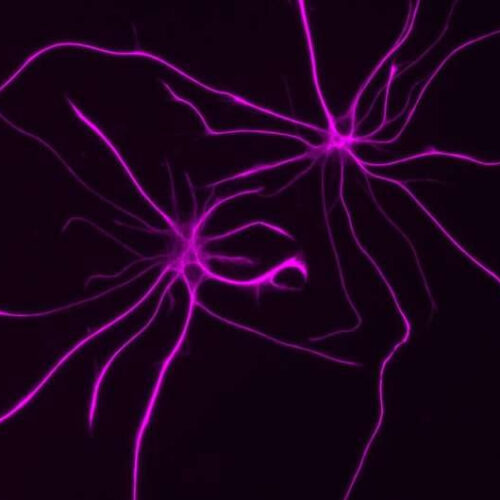News Release 12-Aug-2024 Study identifies novel players in dopamine signaling Peer-Reviewed PublicationFlorida Atlantic University image: Image of C. elegans head showing dopamine neurons labeled with green fluorescent protein. Credit: Peter Rodriguez, Jr., Florida Atlantic University Dopamine, a powerful brain chemical and neurotransmitter, is a key regulator of many important functions such as attention, experiencing pleasure...
Tag: <span>Brain disorders</span>
Single-dose gene therapy may stop deadly brain disorders in their tracks
By Paul McClure A new single-dose genetic therapy has stopped the progression of two devastating neurodegenerative diseases in mice Depositphotos Researchers have developed a single-dose genetic therapy that can clear protein blockages that cause motor neurone disease, also called amyotrophic lateral sclerosis, and frontotemporal dementia, two incurable neurodegenerative diseases that eventually lead to death. In healthy...
How Dreams Reveal Brain Disorders
By Marie-Neige Cordonnier on June 5, 2023 Credit: sdominick/Getty Images For 30 years Isabelle Arnulf, head of the sleep disorders clinic at Pitié-Salpêtrière Hospital in Paris, has studied sleep and its associated disorders. During her career, Arnulf, who is also a professor of neurology at Sorbonne University in France, has researched a broad range of sleep conditions: sleepwalking, rapid eye...
New Research Points to Causes for Brain Disorders with No Obvious Injury
By Z Paige L’Erario on March 31, 2023 A positron-emission tomography (PET) scan of a human brain on a screen on January 9, 2019, at the University Hospital Center of Brest in France. Credit: Fred Tanneau/AFP via Getty Images “Stop faking!” Imagine hearing those words moments after your doctor diagnosed you with, say, a stroke or a brain tumor. That sounds...
Study finds link between blood components and brain disorders
by Mater Summary of FDR-significant functional genes associated with PCT-stroke and PDW-PD trait pairs, with consistent direction of SMR effects (A and B) PCT-stroke (A) and PDW-PD (B) trait pairs. The width of each line represents the SMR association strength. Line color indicates whether upregulation (orange) or downregulation (red) of functional genes is associated with...
A neuro-chip to manage brain disorders
by Celia Luterbacher, Ecole Polytechnique Federale de Lausanne Credit: Alain Herzog/EPFL EPFL researchers have combined low-power chip design, machine learning algorithms, and soft implantable electrodes to produce a neural interface that can identify and suppress symptoms of various neurological disorders. Mahsa Shoaran of the Integrated Neurotechnologies Laboratory in the School of Engineering collaborated with Stéphanie Lacour in...
New technique improves high-intensity focused ultrasound treatment for brain disorders
by UT Southwestern Medical Center Graphical abstract. Credit: Brain Communications (2022). DOI: 10.1093/braincomms/fcac273 UT Southwestern physicians have developed an improved targeting method, four-tract tractography, to personalize MRI-guided, high-intensity focused ultrasound (HIFU) used at UTSW to treat medication refractory tremor in essential tremor and tremor-dominant Parkinson’s disease. Results of the clinical cases utilizing this approach, published in Brain Communications,...
Beyond neurons: How cells called astrocytes contribute to brain disorders
by Salk Institute Salk researchers studied the molecules produced by astrocytes, like those pictured, to understand how the cells play a role in neurodevelopmental disorders. Credit: Salk Institute Neurons often get most of the credit for keeping our brains sharp and functioning—as well as most of the blame when it comes to brain diseases. But...
Mapping out new routes to treat brain disorders
Cold Spring Harbor Laboratory (CSHL) Professor Hiro Furukawa takes an architectural approach to brain research. He creates structural 3D maps of important proteins that malfunction in brain disorders. Furukawa has zeroed in on a protein called the NMDA (for N-methyl-D-aspartate) receptor that plays a key role in learning and memory. The NMDA receptor acts as a channel to allow ions into neurons...
Mayo researchers, collaborators affirm useful blood biomarker for group of brain disorders in new study
MAYO CLINIC JACKSONVILLE, Fla. — A test of protein in the blood gets further support as a biomarker for patients diagnosed with frontotemporal dementia (FTD), a group of brain disorders with few treatment options. These disorders are characterized by changes in behavior, cognition, language or movement. In a new paper published in Cell Reports Medicine, Mayo Clinic researchers and members of the Advancing...








